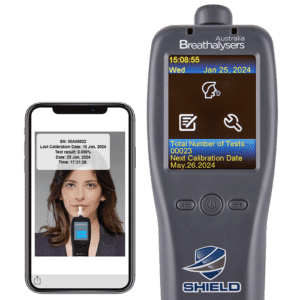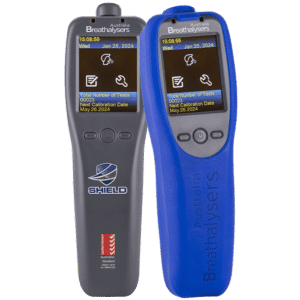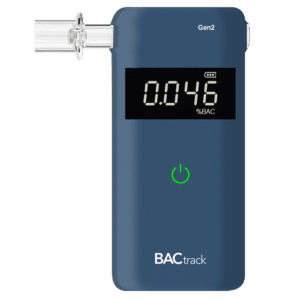Drug and Alcohol Medical Test: Importance & Types of Tests
01 April, 2024
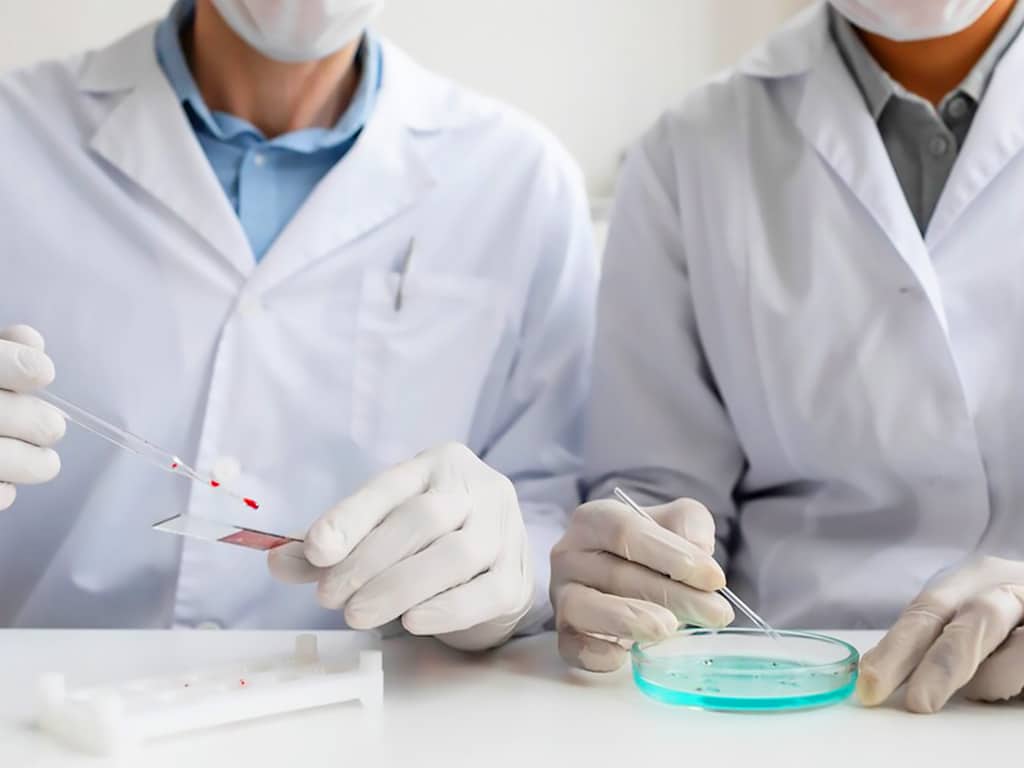
Drug and alcohol medical tests play a crucial role in identifying substance abuse and helping individuals receive treatment and support. These tests are commonly used in workplaces, law enforcement agencies, and healthcare institutions for various reasons. It can help prevent accidents, ensure safety, enforce policies, and assist in treatment. As such, there are various types of drug testing, including urine, saliva, and breath analysis. The choice of test depends on the specific requirements of the situation.
Substance abuse is a serious issue that can have detrimental effects on the well-being of the individual and the community. Illegal drugs can lead to serious physical and mental health problems. In addition, excessive alcohol consumption can significantly impair judgment and coordination, leading to accidents and injuries. Therefore, drug screening is crucial in detecting substance abuse as early as possible. This article will explore the importance of drug and alcohol tests, different test methods, and understanding the results.
Importance of Drug and Alcohol Medical Tests
Drug and alcohol medical tests are essential tools in determining substance use disorders and addressing risks and problems. These tests are important for several reasons. Firstly, they are crucial for maintaining safety. Drug and alcohol use can impair cognitive functions, reaction time, and motor skills. Individuals under the influence of these substances can pose significant risks, especially in places where safety is a top priority.
Secondly, drug and alcohol testing can help deter individuals from engaging in substance abuse. For example, it can discourage employees from taking illicit drugs, knowing that they may be subject to random testing. As a result, it can lead to fewer accidents, lower healthcare costs, and improved productivity.
Drug and alcohol tests can identify individuals who may need intervention. Employers or healthcare providers can offer support and resources to those who test positive for drugs or alcohol, helping them seek treatment and recovery. Early detection can prevent further substance abuse and reduce the negative impact on health and well-being. Lastly, it can help employers comply with legal requirements. By implementing drug testing programs, companies can protect themselves in cases of drug-related incidents.
Applications of the Substance Medical Testing
- Workplace drug testing: Drug and alcohol tests are common practices in many industries to maintain a safe and productive work environment. The purpose of this test is to detect impairment, prevent accidents, and identify employees with drug abuse problems.
- Healthcare monitoring: Medical professionals use it to monitor patients in treatment programs. It can also help diagnose substance use disorders.
- Legal settings: Compliance with certain laws, such as driving under the influence (DUI) or custody battles where substance abuse is a concern.
- Sports competitions: Drug and alcohol testing ensures fair play and maintains the integrity of the sport.
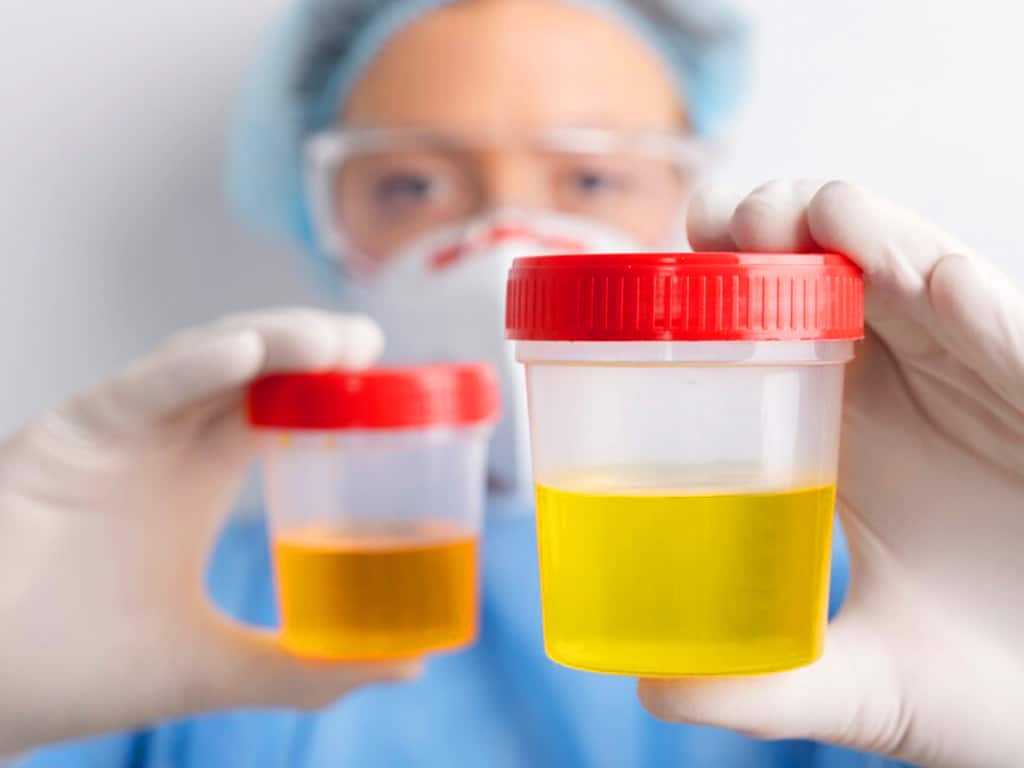
Types of Drug and Alcohol Medical Tests
There are several types of drug and alcohol medical tests available, each with its unique characteristics. One common test is urine drug testing, which is easy to administer and cost-effective. This method involves collecting a urine sample in a small container and analysing it to detect a wide range of substances.
Another common method is saliva testing. In this test, a collector uses a swab to collect oral fluid samples from the inside of the mouth. This procedure is non-intrusive and more comfortable for some people. Additionally, saliva samples can detect drugs within minutes to 24 hours after consumption. It is also convenient for on-site screening due to its quick results and simple collection procedure.
Moreover, breath testing is a standard method of alcohol detection. It uses a breathalyser device that reacts to the presence of alcohol in the breath. It can also measure the Blood Alcohol Content (BAC) or the level of intoxication. A positive result indicates alcohol usage within the past 12-24 hours. Thus, this method is reliable and accurate in determining recent alcohol consumption and impairment degree.
Commonly Detected Substances
Companies test for illegal drugs, such as marijuana (THC), cocaine, heroin, ecstasy (MDMA), and methamphetamines. Many also test for certain prescription drugs, including morphine, codeine, oxycodone, fentanyl, amphetamines, and benzodiazepines. These substances are highly addictive, and their misuse can have detrimental effects.
Many workplaces also test for ethanol. Alcohol impairment can lead to accidents, injuries, and decreased productivity. Therefore, companies have zero-tolerance policies for alcohol. This may include reporting for duty with alcohol content or drinking alcoholic beverages during work hours. The company policy should state the specific substances that are prohibited to avoid any misunderstandings.

Understanding the Results of Drug and Alcohol Medical Tests
When conducting a drug and alcohol medical test, it is crucial to understand what each result means. Rapid urine or saliva screening using instant test kits typically provides preliminary results in qualitative terms – either negative or non-negative. A negative result means it did not detect substances or the drug did not reach the cut-off level.
On the other hand, a non-negative result indicates the presence of a target drug or metabolite. If the preliminary test is non-negative, further testing is necessary to quantify the concentration of drugs in the sample. Confirmation testing uses advanced techniques like Gas Chromatography-Mass Spectrometry (GC-MS) for accurate and precise measurements.
Confirmatory testing also undergoes evaluation by a Medical Review Officer (MRO). The MRO considers various factors that may contribute to the result, such as medications, medical conditions, or exposure to substances. Finally, the MRO then determines if the result is positive or negative based on these factors. This process is important to minimise false positives and ensure the reliability of the test.
Implications of a Non-Negative Result
A non-negative result can have several implications for an individual, especially if the test is in a professional or legal setting. In the workplace, this result may lead to disciplinary action, including suspension, loss of licence, or termination, depending on the policy. Hence, it can jeopardise job security and reputation, impacting future employment opportunities.
In legal settings, a non-negative result may be used as evidence in criminal cases, leading to fines, imprisonment, or mandatory treatment programs. For example, individuals convicted of drug driving may incur a loss of driving privileges. It can also affect the decision of the court in a custody battle.
Conclusion
Drug and alcohol medical tests are essential tools in ensuring safety in workplace, legal, and healthcare settings. It helps identify individuals who are posing safety risks due to impairment or who are at risk of abuse or addiction. These tests collect biological samples to detect the presence of drugs or alcohol. The common test methods are urine, saliva, and breath testing. Each type of test has different detection windows, cut-off levels, and accuracy rates.
Understanding the results of these tests is crucial to interpret them correctly and take appropriate action. If a non-negative result occurs, a follow-up test using advanced laboratory techniques is essential. This involves further analysis of the sample and a review of the MRO. Final positive drug and alcohol test results can have several consequences, including disciplinary action and legal repercussions. It is important for individuals to be aware of their rights and responsibilities and to seek support if needed.



















